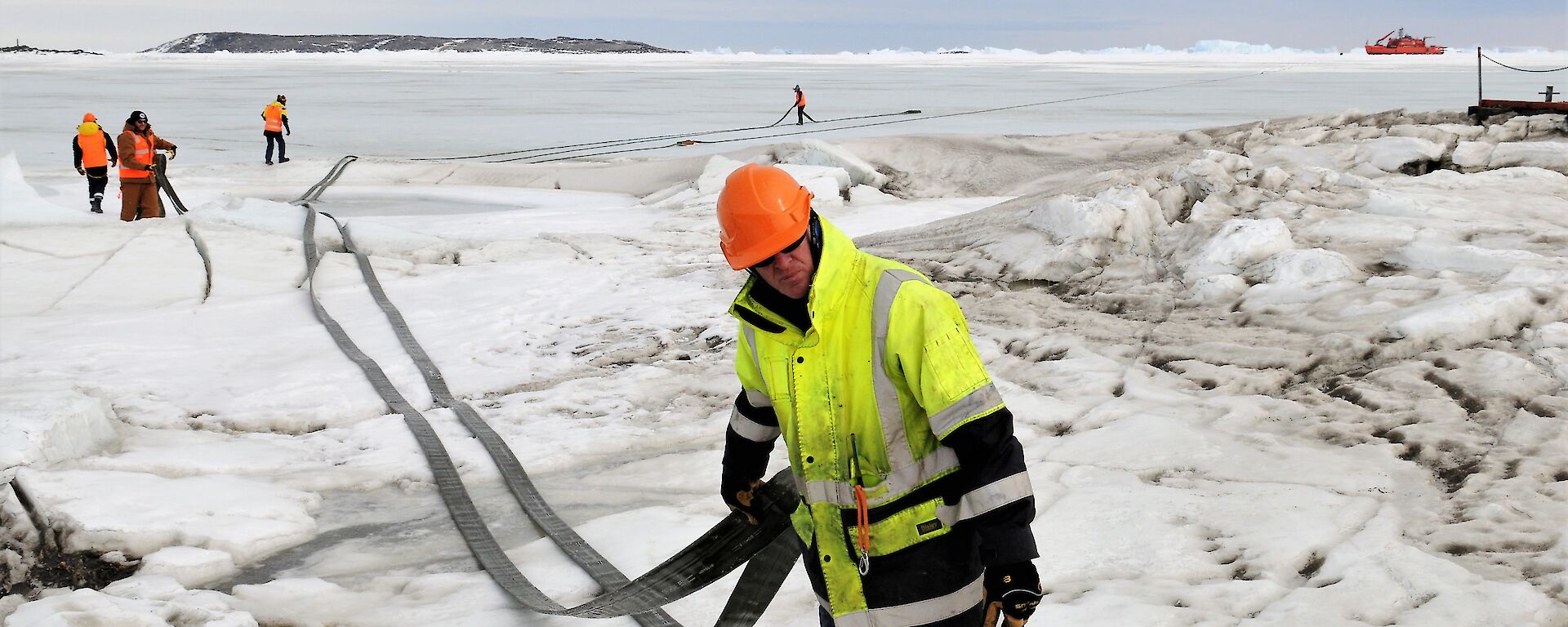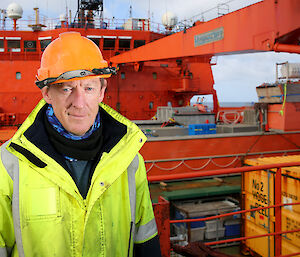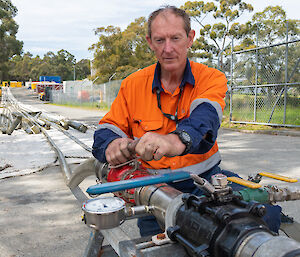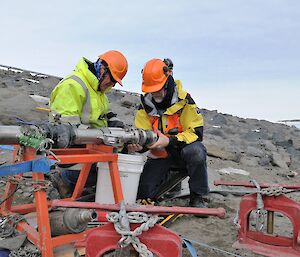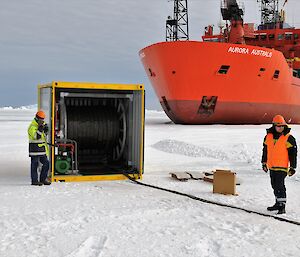All the signs pointed to Brad Collins ending up in Antarctica.
In 2006 he’d just sold his marine repairs business, working as a mechanic up and down the South Coast of New South Wales, when he saw a newspaper ad for an Antarctic expedition mechanic.
The closing date for the job had passed, so Brad thought no more about it.
Soon after, two friends, independently of each other, sent him copies of the documentary Frozen Planet, and the film March of the Penguins. At the same time, Brad had discovered a sailing magazine featuring a story full of icebergs and seabirds.
“Not long after all that happened, the ad for a mechanic was back in the paper, with the deadline extended, so I took that as a hint,” Brad said.
A month later he was at an Australian Antarctic Division selection centre in Melbourne.
Fourteen years on, Brad has undertaken 33 Antarctic and sub-Antarctic voyages, working as a mechanic, watercraft operator and station refueller. In fact, he’s spent more time on the ship or in Antarctica than he has at home on his rural property in Milton, and he’s even had his own cabin on the Aurora Australis.
His experience proved invaluable in 2016 when the Aurora Australis ran aground at Mawson during a blizzard. Brad formed part of the leadership team that was instrumental in developing contingency plans, and he acted as a calming influence amongst the wider group, particularly on first-time expeditioners.
This year (2020) he was awarded the Antarctic Medal for his outstanding contribution to the Australian Antarctic Program, which includes developing and refining robust Standing Operating Procedures and technical manuals for the Antarctic Division’s ship-to-shore refuelling operations.
He has also pumped over 20 million litres of Special Antarctic Blend diesel to keep Casey, Davis, Mawson and Macquarie Island ticking over – and never spilt a drop.
When we met in the Australian Antarctic Division’s works yard in November, Brad and fellow refueller, Jeff Miller, were pressure-testing 200 metre lengths of 800 psi-rated refuelling hoses, and inspecting them for wear and tear.
Each Antarctic season Brad spends about three weeks testing and preparing the hoses, before they are spooled onto reels, loaded into shipping containers, and craned on to the ship.
“The success of our refuelling operations is won or lost here,” Brad said.
“To prevent spills and protect the environment, we make sure everything is pressure-tested at much higher rates than what’s needed down south. So once we get to Antarctica we only need to connect the hoses, do a leak test with compressed air, and pump fuel.”
Of course it’s more complicated than Brad’s modest description suggests. As his Antarctic Medal recognises, Brad has put a huge amount of time, effort and thought into making refuelling safer and more efficient. This includes colour-coded control valves, detailed checklists, and ensuring volunteers are well briefed.
Each station also has its own environmental characteristics that dictate how easy or difficult the job is going to be, but in all cases, good weather is key.
“Davis is usually the easiest station to refuel, if the sea ice is good, as you just have to drag the hose across it,” Brad said.
“At Casey we have to refuel over water, and use small inflatable boats to keep any bergy bits in the bay away from the hose. But Casey has fickle weather and winds that can play havoc with the boats and ice flowing in and out of the bay with the tides.”
Refuelling can take up to 30 hours, with 30 or more people working in four hour shifts to pump some one million litres at Casey, 750,000 litres at Davis, more than 400,000 litres at Mawson, and about 300,000 litres at Macquarie Island.
“Fuel means life, in Antarctica. It provides power, light, heating. Without it, we couldn’t be there,” Brad said.
This season Brad and Jeff are problem solving how to refuel from a new ship, the MPV Everest, which is supporting the Australian Antarctic Program until Australia’s new icebreaker RSV Nuyina arrives next year. This includes how to connect a three-inch hose to a four-inch pumping system, and how to add an electric pump to boost pumping pressure from the ship.
As well as problem solving, it’s a job that requires patience, common sense, and flexibility – especially dealing with new volunteers each season, working with different crews, and the competing demands of cargo operations during resupply.
But Brad is nothing if not resilient, and remains enamoured of the job and Antarctica.
“It’s a great place to work and to be. I still get that warm, fuzzy feeling about working for the benefit of science and the greater good. And there are so many interesting and really cool people.”
- Wendy Pyper, AAD Media

